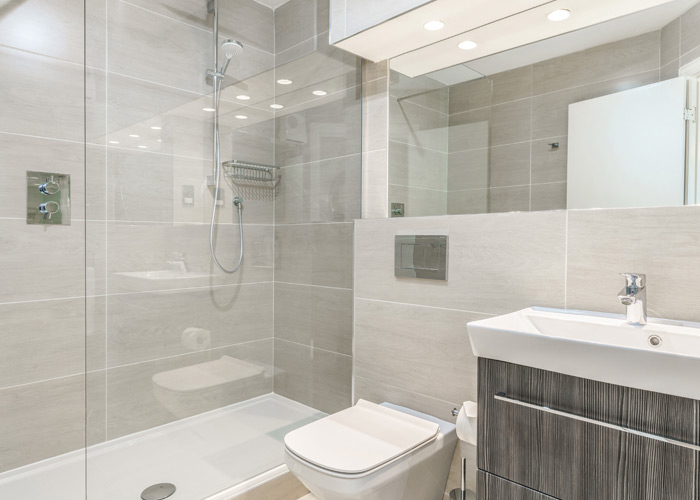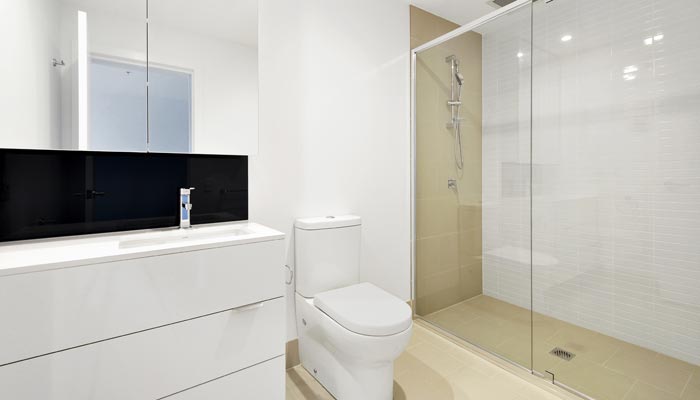There have been many improvements made to various aspects of restroom facilities. Mondella offers its customers a comprehensive selection of services, one of which is water conservation so that they can continue to enjoy a high standard of living while reducing their water usage.

However, there are a few things to think about before making a decision that is definitive. Before you make a purchase, take the following recommendations into consideration if you are thinking about upgrading the plumbing in your bathroom.
1. Take a look at the plumbing first.
The current bathroom plumbing will be ready to go whenever you decide on a layout. The number of available restrooms is restricted by factors such as this and the available floor area. However, you should consult a plumber to determine if the additional expense of relocating pipes is justified in order to install the toilet of your choice.
If you’re starting from scratch with a bathroom renovation, you can pick whatever toilet design you like and have the plumbing installed to accommodate it.
2. Determine the type of pan you have.
In Australia, the S-trap, the P-trap, and the Skew trap are the most prevalent shapes for frying pans. A trap is a kink in the pipe where the wastewater from the toilet exits.
S-traps direct waste downward toward the floor, whereas P-traps direct it upward toward the wall. You might discover a skew pan, a commode toilet with a pipe on either side of the bowl, in older homes.
3. Double-check the setup.
Your desired “set-out” is an important consideration while shopping for a toilet. That’s how far away from the wall the centre of the waste outlet is in an S-trap. Measured from the bottom of the trap to the exact middle of the outlet, this is the P-overall trap’s height.
The layout of a home can vary greatly from one decade to the next. The normal set-out in modern homes is between 140 and 165 mm, which is suitable for the vast majority of bathroom furniture. But if the set-out is over 200 mm or under 100 mm, you’re stuck with few choices. If you need a new toilet, be sure to take your measurements with you.

4. Functional Explanation of Water
To encourage citizens to reduce their indoor water consumption, the Australian government has launched a programme called WELS. Per-flush water consumption is rated on a star scale. Both the full flush and the partial flush require 6 litres of water when the rating is 3. For a full flush, 4.5 litres of water are used, whereas a partial flush requires only 3 litres of water, earning it a 4 STAR rating.
Those who are constructing a new home are required to utilise toilets that have earned a minimum 4-star rating from the WaterSense label. If all you’re doing is making cosmetic adjustments or installing a new toilet, a 3- or 4-STAR suite would suffice. Prior to beginning any extensive remodeling project, it is recommended that you contact the local council to determine whether or not a 4-STAR toilet is required.
5. Categories of Restrooms
The selection of a toilet design comes after the selection of a toilet pan. We’ll talk about the most common kinds, including both wall-mounted and concealed varieties. Before purchasing a new toilet for your bathroom, it is recommended that you consult a plumber. Mondella offers downloadable spec sheets, which you may discuss with your plumber to determine which models are compatible with your system.
6. Near one another
When it comes to affordable bathroom makeovers, close-coupled toilets are always a safe bet. In this model, the cistern sits atop the bowl. This facilitates cooperation between the components and facilitates cleanup. They have a variety of looks, but you can’t alter their basic structure.
7. Connector
The flush pipe that joins the cistern and pan is concealed by a plastic plate in a “connector suite” or “link suite.” With the pan’s ability to slide forward and backward, you’re not limited to a single arrangement.
8. Concealed
The wall-mounted pan has a minimal yet chic appearance. It may be mounted on the wall with a bracket and is compact. The concealed cistern reduces clutter, frees up floor space, and is much more convenient to maintain.
9. Wall Faced
In order to conceal the plumbing, wall-faced toilets (also known as “back-to-the-wall toilet suites”) are installed such that they sit flat against the bathroom wall. Since they are modern in appearance and simple to maintain, they are ideal for use in contemporary lavatories.




